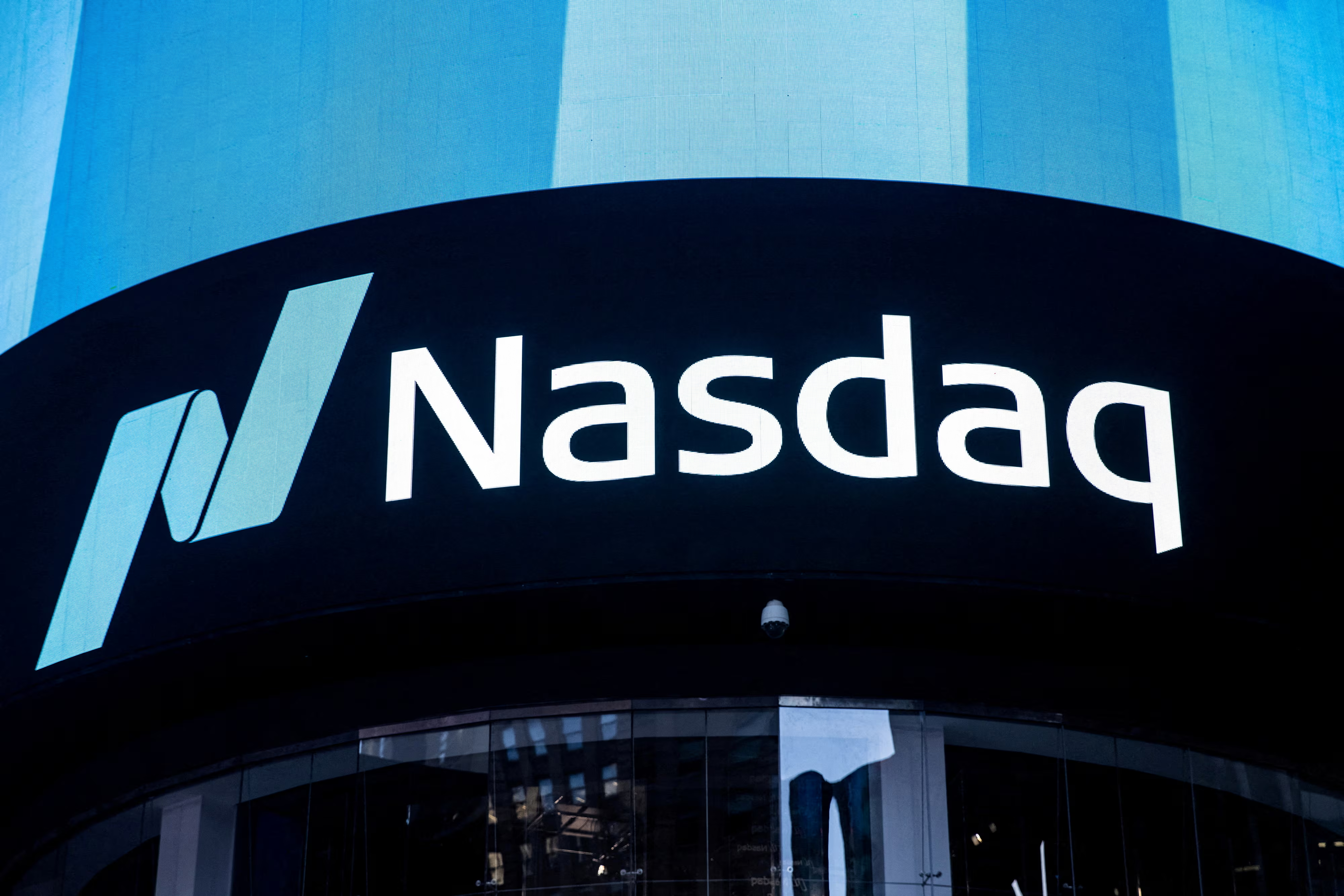The Changing AML Landscape in 2025
Anti-mani-white laundering (AML) sector undergoes a radical change, and goes from traditional, manual processes moving towards a more dynamic, intelligence-driven future. In 2025, this amendment of technological innovation, criminal function and significant regulatory amendments will be reinforced. The main challenge for financial institutions is no longer about compliance; It is about taking advantage of new equipment to gain a real advantage in the fight against financial crime and at the same time dealing with operating costs. The landscape is defined by a step from reactive monitoring to active risk management.

An important trend is artificial intelligence and extensive integration of machine learning. These techniques move beyond simple patterns, which are capable of identifying complex, non-selling plans, for future staging analysis that will avoid traditional rules-based systems. AI models can learn from new data continuously, reducing false positive prices - a high pain point - more than 50% in some cases, and releases investigators to focus on real threats. This provides the opportunity for a more risk -based approach, where resources are allocated the most suspicious activities instead of being diluted in countless low -value alerts.
In addition, the regulatory environment emphasizes for more cooperation and openness. Initiatives such as the UK's economic offenses. There is an increasing emphasis on public-private partnership (PPP), where financial institutions can safely share information about suspected threats with each other and with law enforcement. This collective defense model, driven by SE












Post a comment